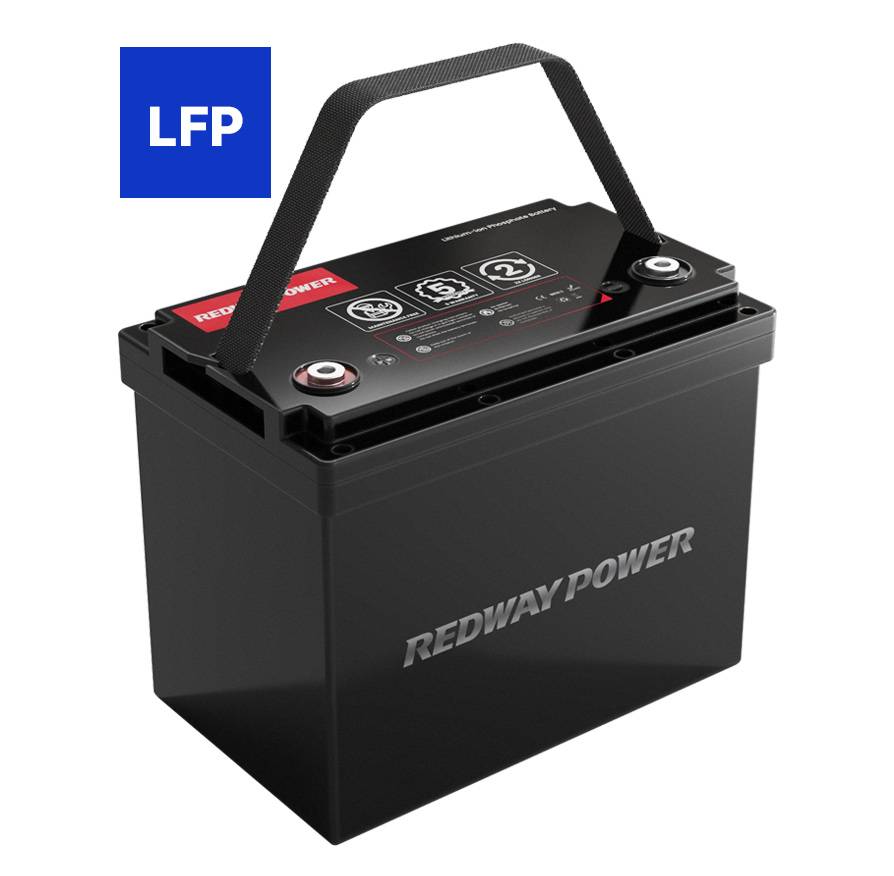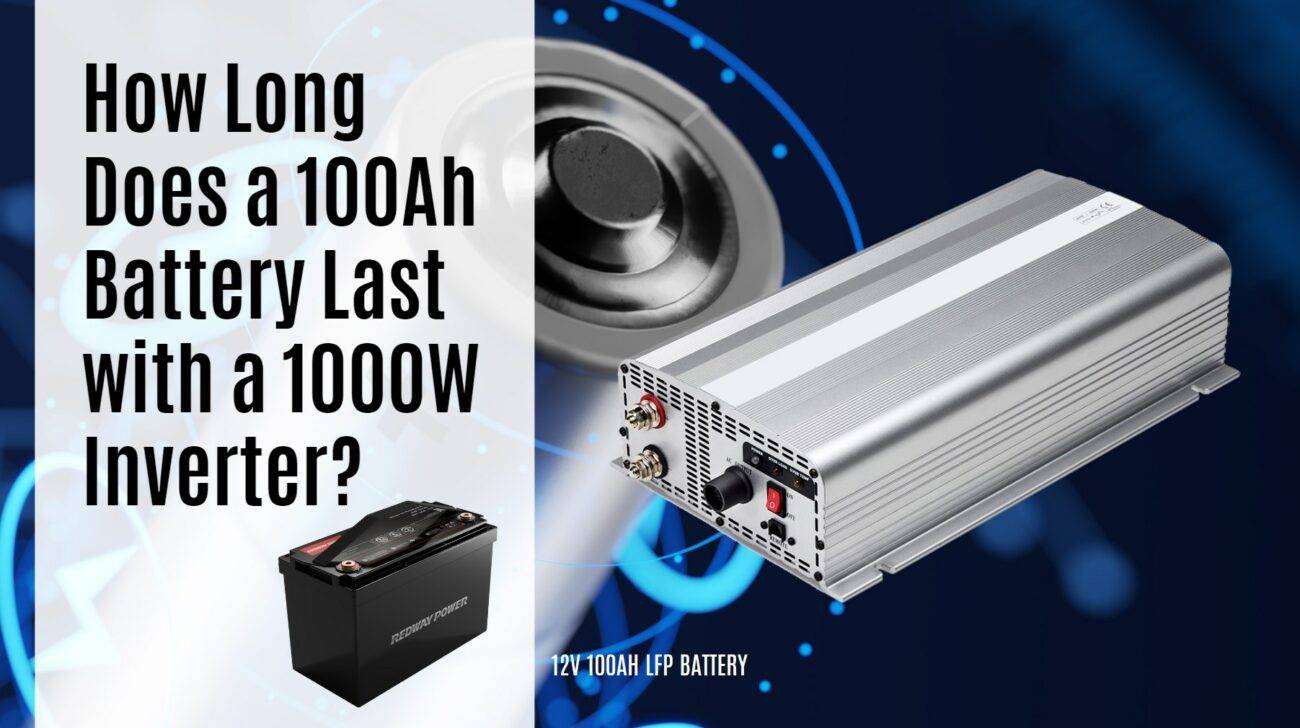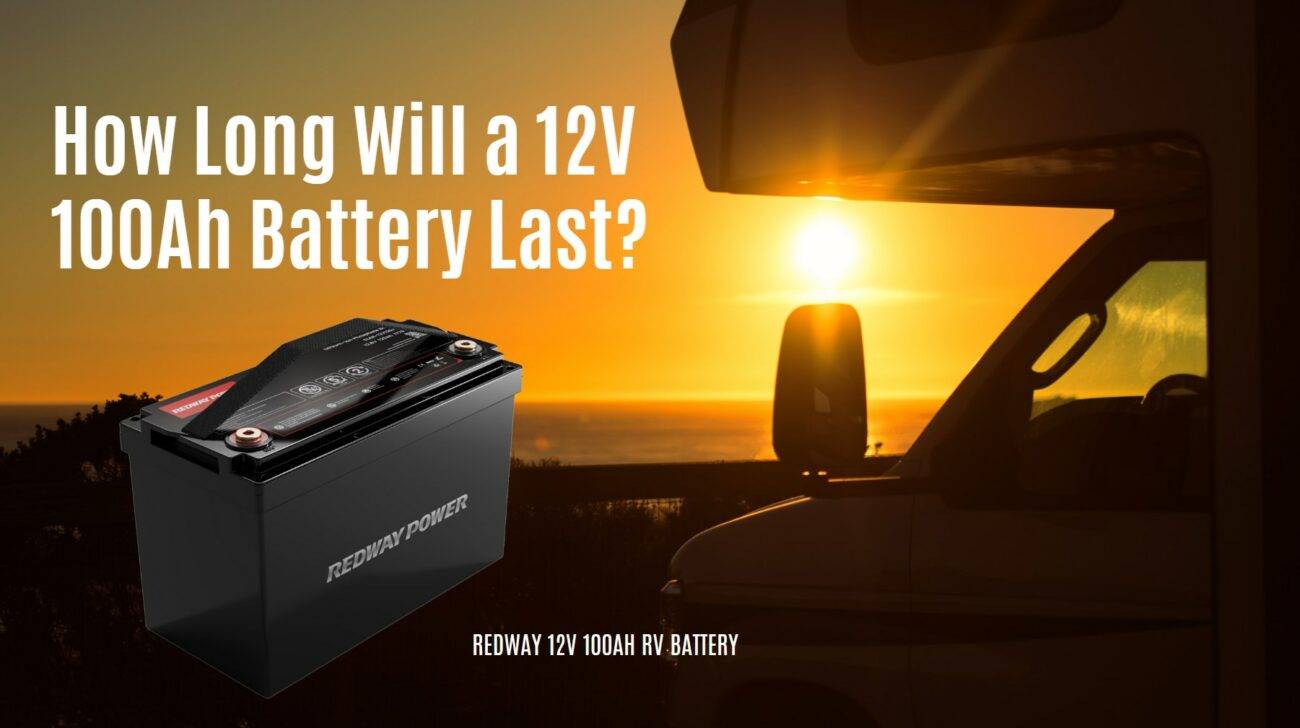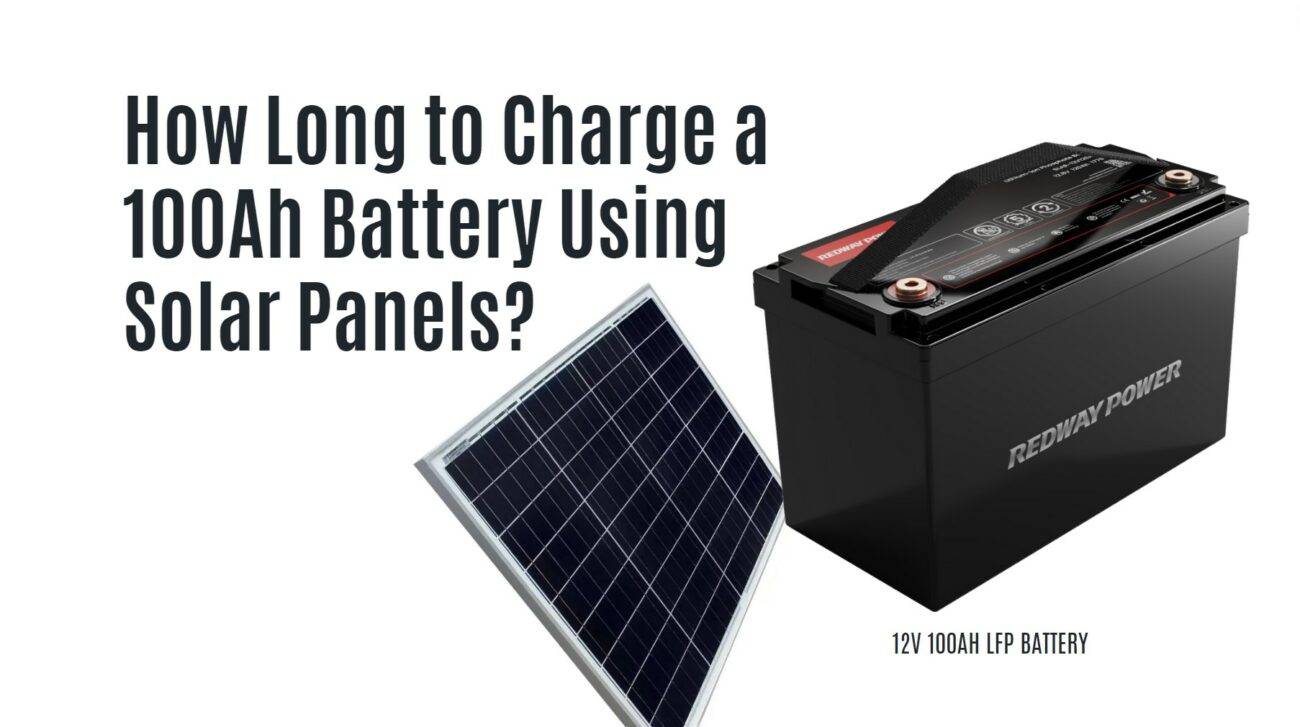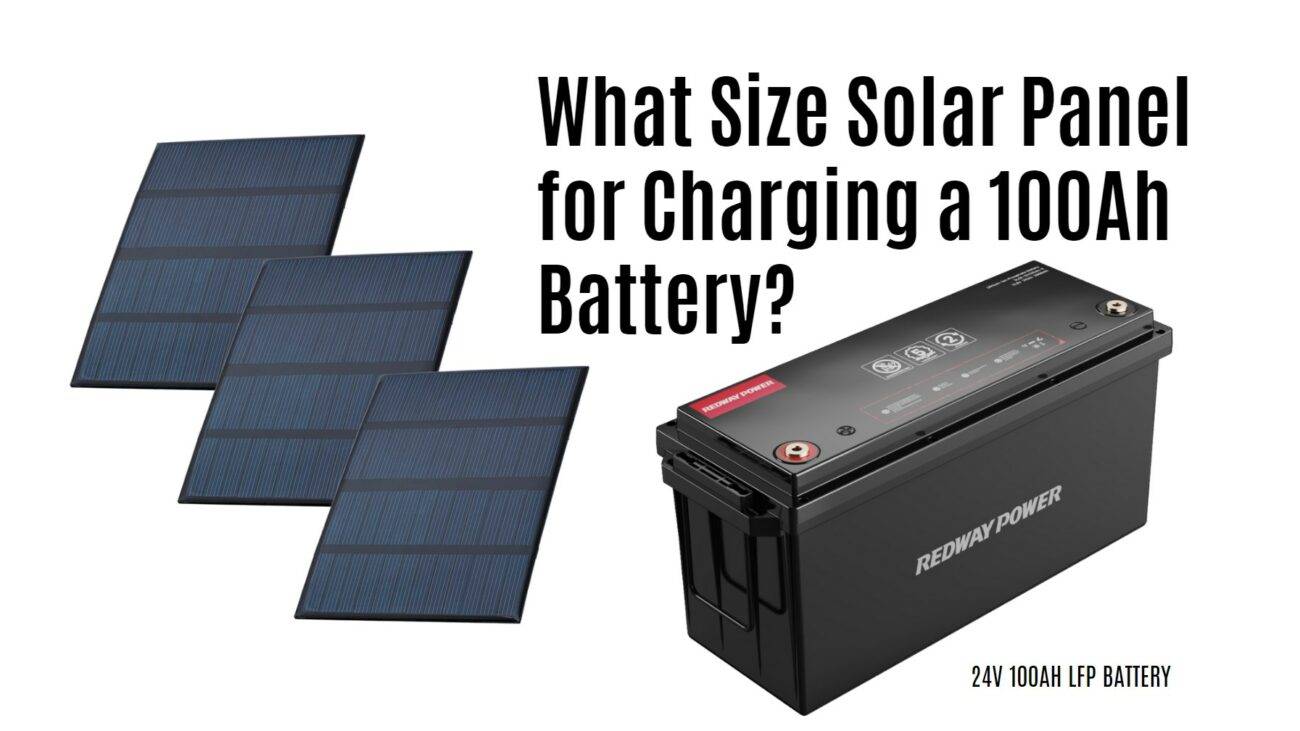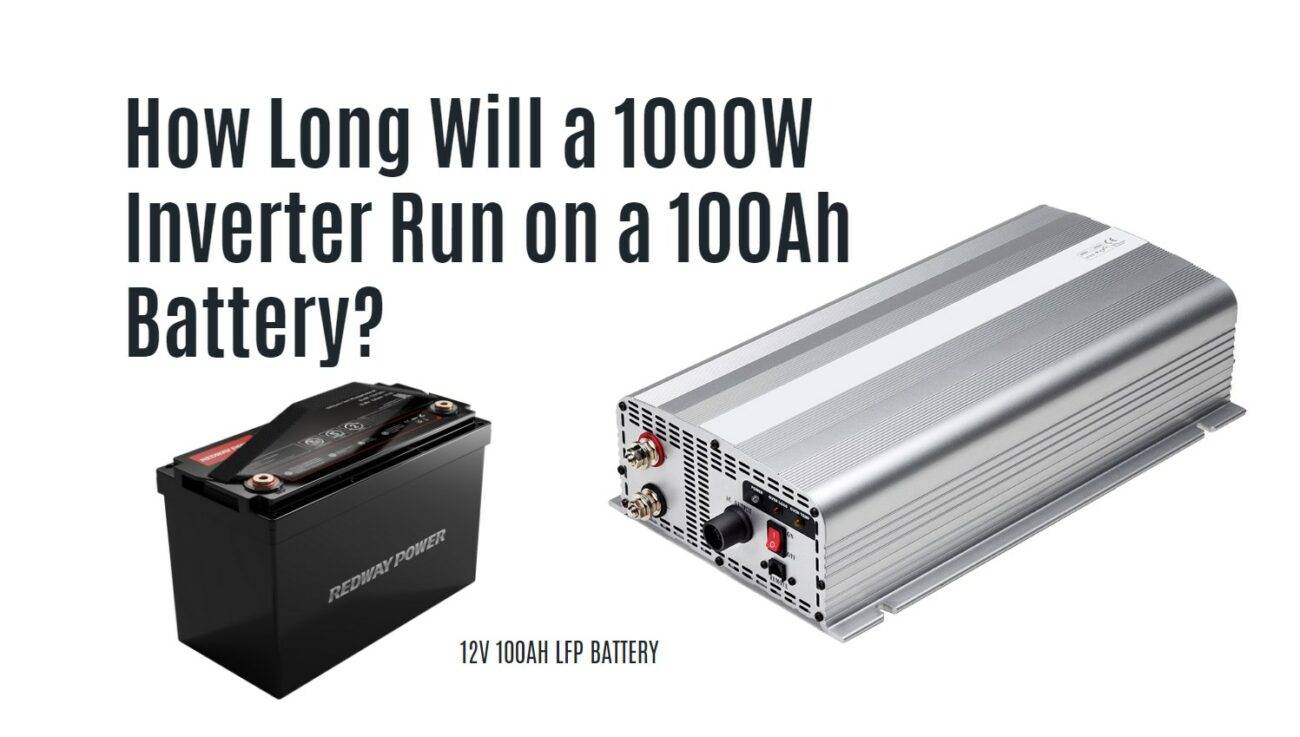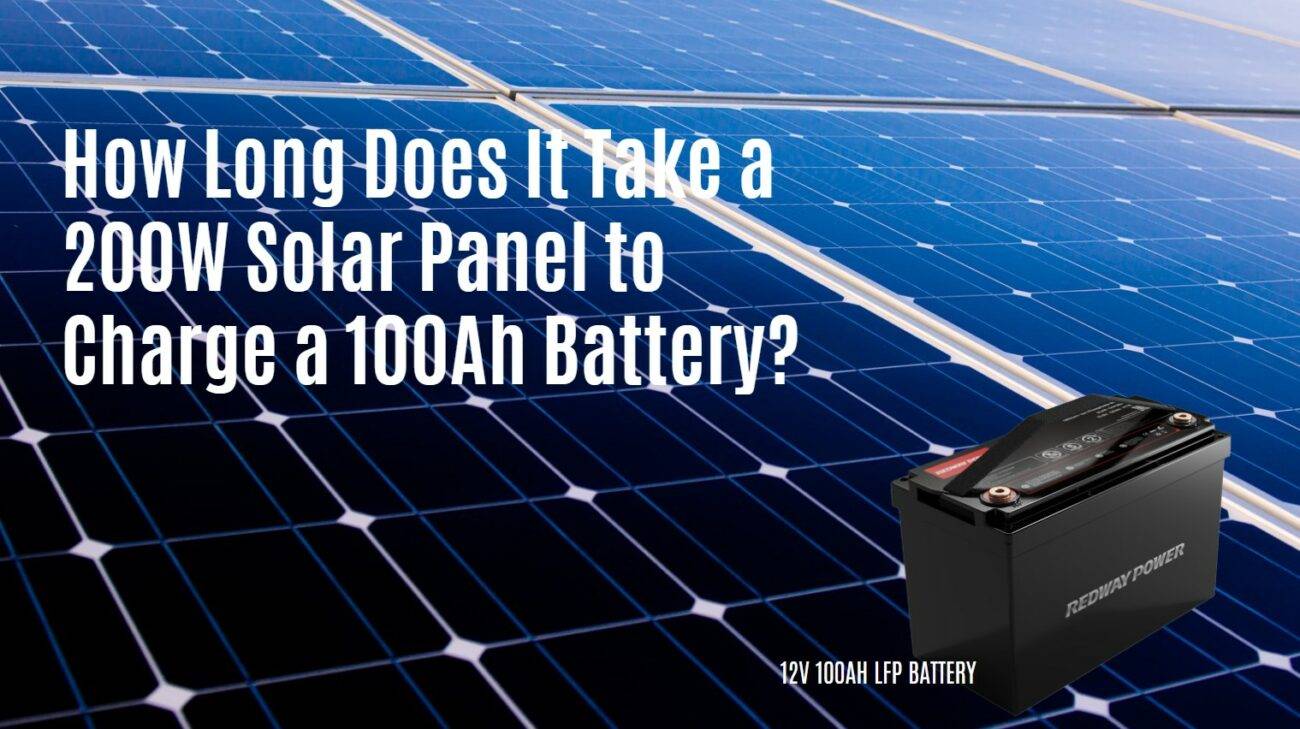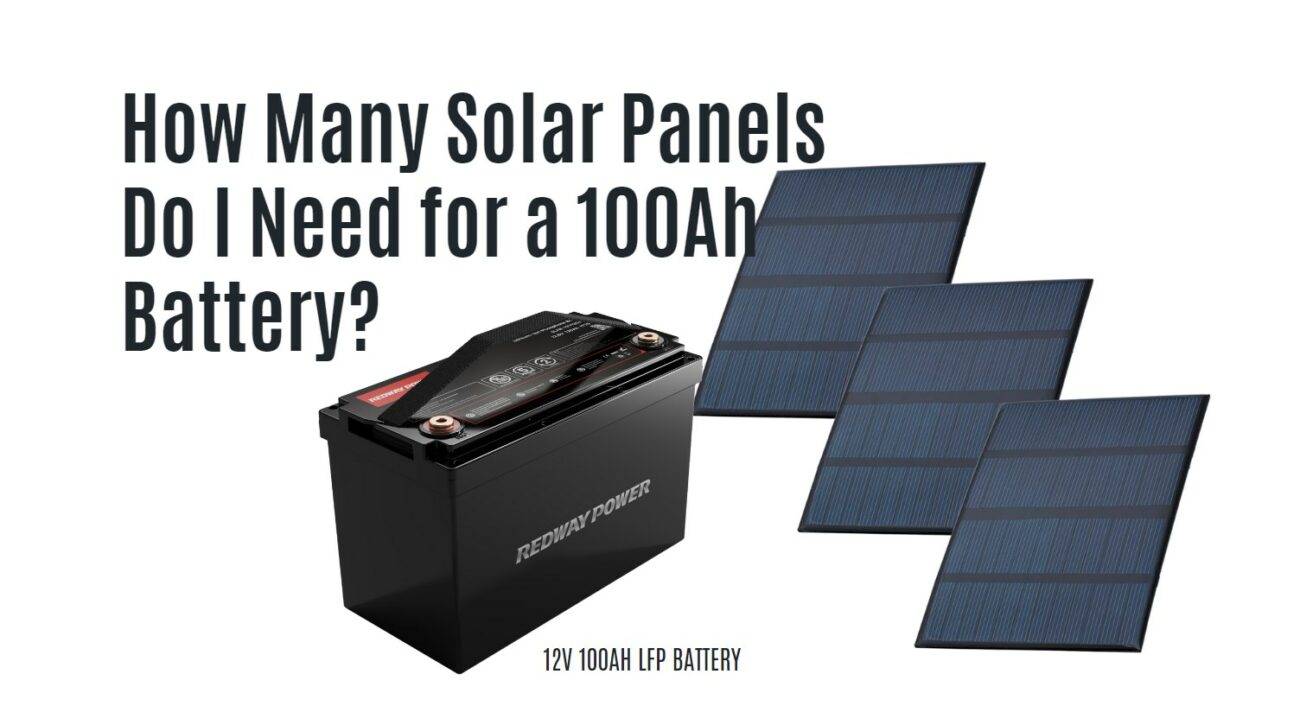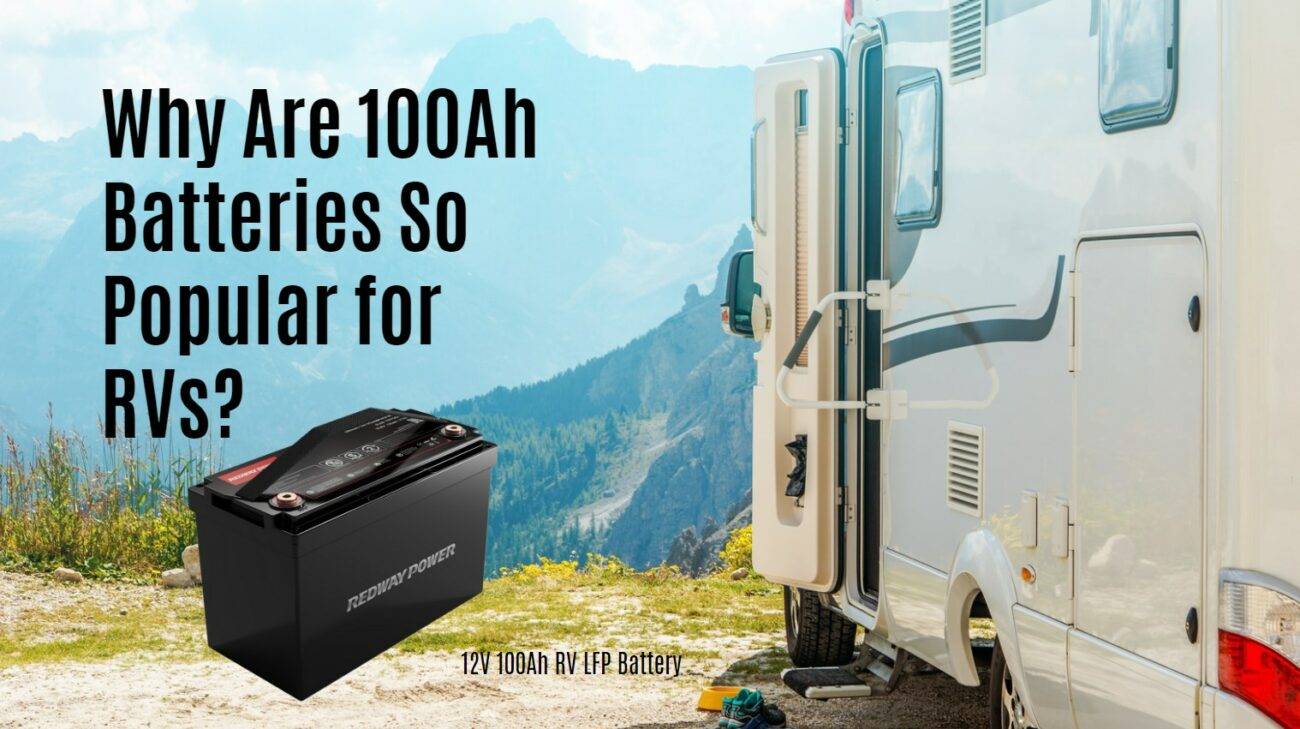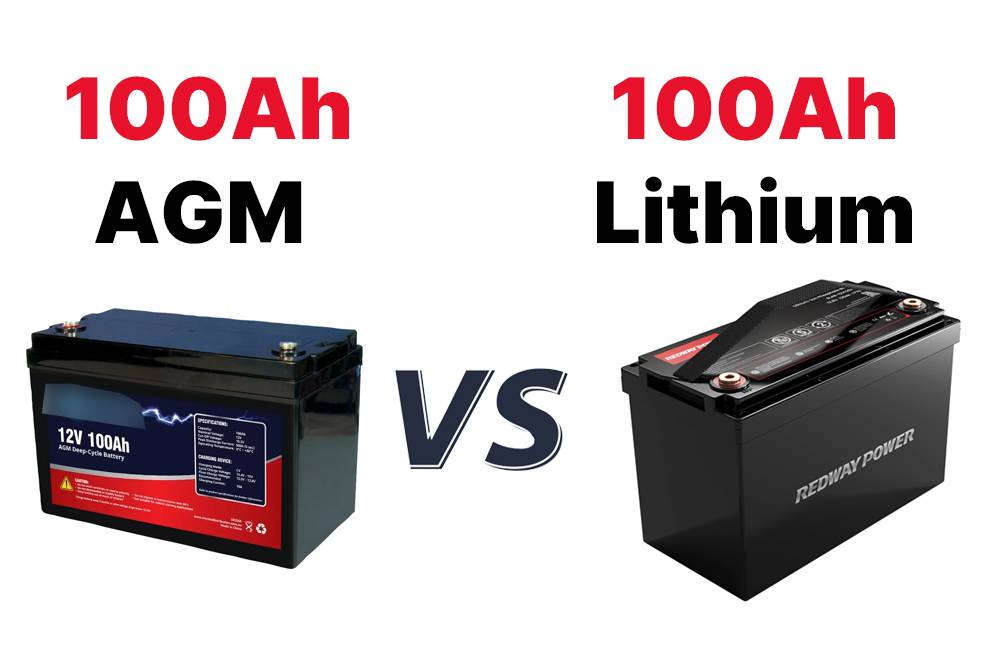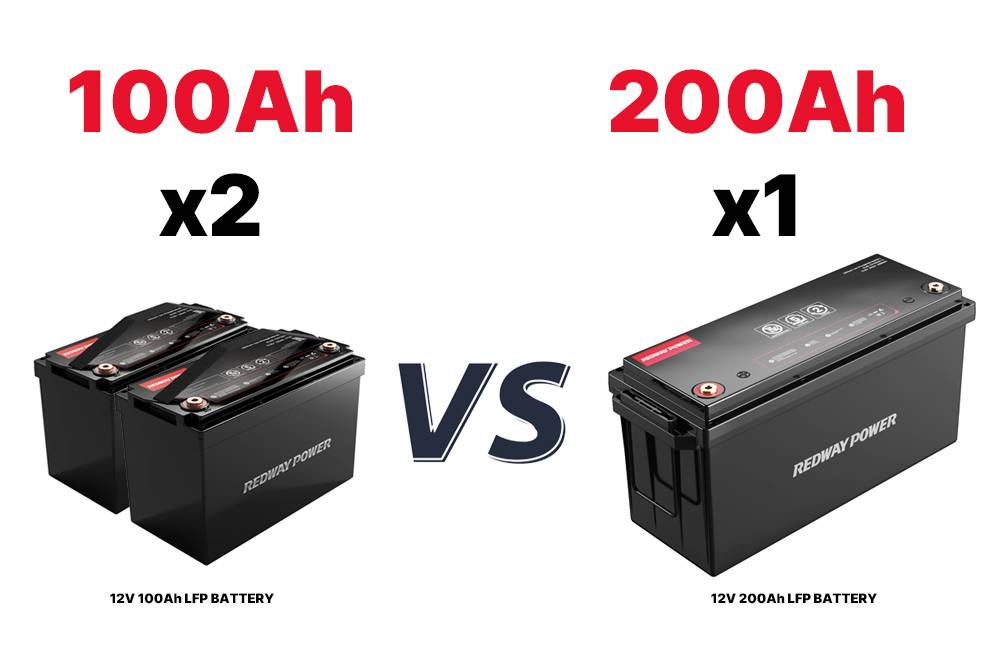- Rack-mounted Lithium Battery
- Golf Cart Lithium Battery
-
Golf Cart Lithium Battery
- 36V 50Ah (for Golf Carts)
- 36V 80Ah (for Golf Carts)
- 36V 100Ah (for Golf Carts)
- 48V 50Ah (for Golf Carts)
- 48V 100Ah (Discharge 100A for Golf Carts)
- 48V 100Ah (Discharge 150A for Golf Carts)
- 48V 100Ah (Discharge 200A for Golf Carts)
- 48V 120Ah (for Golf Carts)
- 48V 150Ah (for Golf Carts)
- 48V 160Ah (Discharge 100A for Golf Carts)
- 48V 160Ah (Discharge 160A for Golf Carts)
-
Golf Cart Lithium Battery
- Forklift Lithium Battery
- 12V Lithium Battery
- 24V Lithium Battery
- 36V Lithium Battery
- 48V Lithium Battery
-
48V LiFePO4 Battery
- 48V 50Ah
- 48V 50Ah (for Golf Carts)
- 48V 60Ah (8D)
- 48V 100Ah (8D)
- 48V 100Ah
- 48V 100Ah (Discharge 100A for Golf Carts)
- 48V 100Ah (Discharge 150A for Golf Carts)
- 48V 100Ah (Discharge 200A for Golf Carts)
- 48V 150Ah (for Golf Carts)
- 48V 160Ah (Discharge 100A for Golf Carts)
- 48V 160Ah (Discharge 160A for Golf Carts)
-
48V LiFePO4 Battery
- 60V Lithium Battery
-
60V LiFePO4 Battery
- 60V 20Ah
- 60V 30Ah
- 60V 50Ah
- 60V 50Ah (Small Size / Side Terminal)
- 60V 100Ah (for Electric Motocycle, Electric Scooter, LSV, AGV)
- 60V 100Ah (for Forklift, AGV, Electric Scooter, Sweeper)
- 60V 150Ah (E-Motocycle / E-Scooter / E-Tricycle / Tour LSV)
- 60V 200Ah (for Forklift, AGV, Electric Scooter, Sweeper)
-
60V LiFePO4 Battery
- 72V~96V Lithium Battery
- E-Bike Battery
- All-in-One Home-ESS
- Wall-mount Battery ESS
-
Home-ESS Lithium Battery PowerWall
- 24V 100Ah 2.4kWh PW24100-S PowerWall
- 48V 50Ah 2.4kWh PW4850-S PowerWall
- 48V 50Ah 2.56kWh PW5150-S PowerWall
- 48V 100Ah 5.12kWh PW51100-F PowerWall (IP65)
- 48V 100Ah 5.12kWh PW51100-S PowerWall
- 48V 100Ah 5.12kWh PW51100-H PowerWall
- 48V 200Ah 10kWh PW51200-H PowerWall
- 48V 300Ah 15kWh PW51300-H PowerWall
PowerWall 51.2V 100Ah LiFePO4 Lithium Battery
Highly popular in Asia and Eastern Europe.
CE Certification | Home-ESS -
Home-ESS Lithium Battery PowerWall
- Portable Power Stations
How Long Will a 100Ah Battery Run an Appliance That Requires 300W?

A 100Ah battery can power a 300W appliance for approximately 3.33 hours under ideal conditions. Understanding how to calculate battery runtime based on amp-hours and wattage is essential for maximizing efficiency and ensuring your devices operate effectively without unexpected interruptions.
What Is the Relationship Between Amp-Hours and Wattage?
Amp-hours (Ah) measure how much current a battery can supply over time, while wattage (W) measures power consumption. The relationship between these two is crucial for determining how long a battery can run an appliance.To calculate watt-hours (Wh), use the formula:
Watt hours=Amps×Volts
For example, a 100Ah battery at 12V provides:
100 Ah×12 V=1200 Wh
Chart: Understanding Amp-Hours and Wattage
| Measurement | Description |
|---|---|
| Amp-Hours (Ah) | Current supplied over time |
| Wattage (W) | Power consumption of devices |
| Watt-Hours (Wh) | Total energy available from the battery |
How to Calculate the Runtime of a 100Ah Battery with a 300W Appliance?
To determine how long a 100Ah battery can run a 300W appliance, use this formula:
Runtime hours =Battery Capacity Wh Power Consumption W
Using our earlier calculation:
- Convert amp-hours to watt-hours:
- 100 Ah×12 V=1200 Wh
- Calculate runtime:
- 1200 Wh/300 W=4 hours
However, considering efficiency losses (typically around 80% for inverters), the effective runtime would be:
Effective Runtime=1200 Wh×0.8/300 W=3.2 hours
Chart: Runtime Calculation Example
| Parameter | Value |
|---|---|
| Battery Capacity | 1200 Wh |
| Power Consumption | 300 W |
| Efficiency | 80% |
| Effective Runtime | Approximately 3.2 hours |
What Factors Affect the Runtime of a 100Ah Battery?
Several factors can influence how long your battery will last when powering an appliance:
- Battery Age: Older batteries may not hold charge as effectively.
- Temperature: Extreme temperatures can reduce efficiency and capacity.
- Discharge Rate: Higher discharge rates can lead to reduced runtime.
- Inverter Efficiency: The efficiency of your inverter affects overall performance.
Chart: Factors Influencing Runtime
| Factor | Impact |
|---|---|
| Battery Age | Reduced capacity over time |
| Temperature | Extreme heat or cold affects performance |
| Discharge Rate | Higher rates decrease runtime |
| Inverter Efficiency | Affects total energy available |
How Do Different Appliances Impact Battery Life?
Different appliances consume power at varying rates, which affects how long your battery will last:
- High-Power Appliances: Devices like air conditioners or heaters consume significant power, reducing runtime.
- Low-Power Appliances: Items such as LED lights or small fans require less energy, extending battery life.
- Startup Surge: Some appliances may require more power at startup than during regular operation, impacting battery performance.
Chart: Appliance Power Consumption Comparison
| Appliance | Power Consumption (W) |
|---|---|
| Air Conditioner | 1500 – 2000 |
| Refrigerator | 100 – 800 |
| LED Light | 10 – 30 |
| Laptop | 50 – 100 |
What Are the Best Practices for Extending Battery Life?
To maximize the lifespan and efficiency of your battery:
- Regular Maintenance: Check connections, clean terminals, and inspect for corrosion.
- Proper Charging: Use appropriate chargers and avoid deep discharges.
- Monitor Usage: Keep track of power consumption to avoid exceeding capacity.
- Store Correctly: If not in use, store batteries at around a 50% charge in a cool place.
Chart: Best Practices for Extending Battery Life
| Practice | Description |
|---|---|
| Regular Maintenance | Inspect connections and clean terminals |
| Proper Charging | Use suitable chargers |
| Monitor Usage | Track power consumption |
| Store Correctly | Store at moderate charge when not in use |
Industrial News
Recent advancements in battery technology have focused on enhancing lithium-ion batteries’ efficiency and lifespan, making them increasingly popular in electric vehicles and renewable energy applications. Innovations such as smart charging systems are being developed to optimize energy use based on real-time data, ensuring that batteries maintain peak performance while extending their operational life.
Expert Insight
“Understanding how long your battery will last when powering devices is crucial for effective planning,” says Dr. Sarah Thompson, an expert in energy storage solutions. “By recognizing factors that affect runtime and implementing best practices, users can significantly enhance their energy management strategies.”
FAQ Section
How long will a fully charged 100Ah battery run a device that requires 300W?
A fully charged 100Ah battery can run a device that requires 300W for approximately 3.2 hours considering efficiency losses.What factors can reduce my battery’s runtime?
Factors include battery age, temperature extremes, discharge rate, and inverter efficiency.Can I use my existing charger with my lithium battery?
No, always use a charger specifically designed for lithium batteries to avoid damage.














